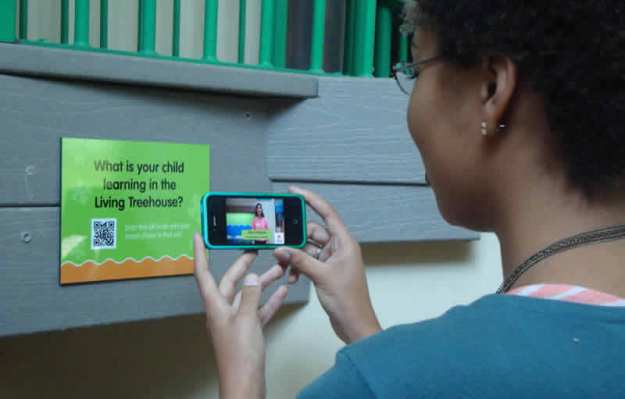
According to a recent study conducted by youth marketing company Archrival, the majority of college students with smartphones have no idea how to scan a QR (Quick-Response) code. The study was conducted with over 500 college students across 24 different college campuses. While 81 percent of students owned a smartphone and 80 percent were familiar with the concept of a QR code, only 21 percent were able to scan a provided QR code when asked. Of the 79 percent that were unable to scan the code, some tried and ultimately gave up while others attempted to take a picture of the code with the built-in camera. Others complained of the process taking too long and some students didn’t want to download an app to scan it.

While college students may be shunning QR codes for now, this hasn’t stopped creative implementations of the technology. A Seattle-based startup named Dynotag has been using QR codes to help find lost pets as well as missing luggage. Companies that sell prepackaged food or simple ingredients are including QR codes on the packaging that lead to instructional videos regarding preparation of a specific dish as well as written recipes and tips.
